Cat litter comes in many varieties, clay is the best-known cat litter type however cat litter has been reinvented numerous times.
Cat litter can also be made from silica, wood, corn, wheat, walnut and paper.
Each type has different levels of absorbency, dust levels and more the cost also varies quite significantly, keep reading to find out the differences and which is the best cat litter for you and your cat.
Contents
1. Clay
Clay cat litter is the most common cat litter type.
It comes in two forms; clumping & non-clumping:
Clumping Clay Litter
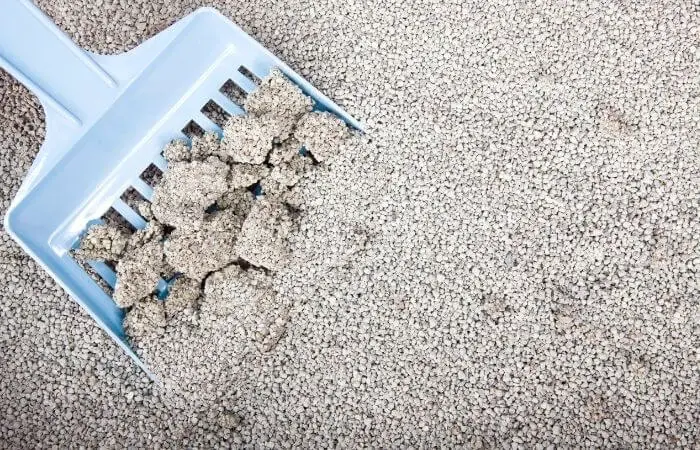
Typically made from highly absorbent bentonite clay which is mixed with a clumping additive. Clumping clay litter softens when wet and sticks together creating clumps.
These clumps can then easily be scooped out, helping keep your cat’s litter tray fresher and cleaner for longer.
Typically clumping cat litter is more expensive than other varieties due to the use of additives to help it clump, however this cost is offset by the fact that it should last longer as it doesn’t have to be changed as regularly as non-clumping litter.
Although clumping cat litter is one of the most commonly used litter types globally it does have many drawbacks, these include:
- It creates a lot of dust which can be problematic for people and cats suffering from respiratory conditions.
- If your cat ingests clumping litter it can swell in their stomach and cause a dangerous blockage – this is particularly a problem for kittens who are prone to playing with their litter.It creates a lot of dust which can be problematic for people and cats suffering from respiratory conditions.
- If your cat ingests clumping litter it can swell in their stomach and cause a dangerous blockage – this is particularly a problem for kittens who are prone to playing with their litter.
Non-Clumping Clay Litter
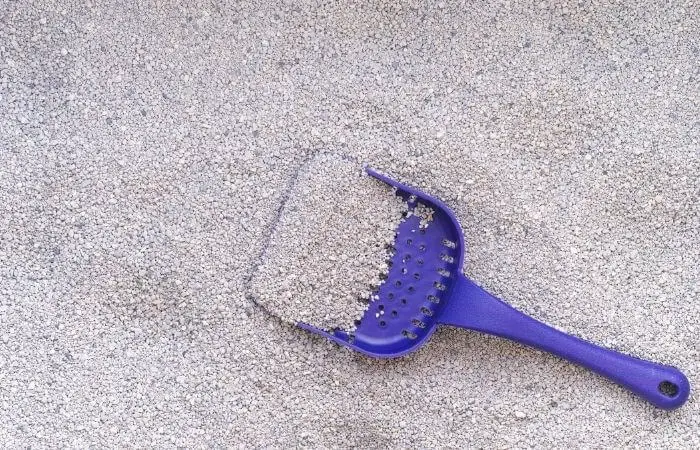
Non-clumping cat litter is the oldest type of commercially available cat litter on the market.
It started life as sand but now is typically made from bentonite clay.
Non-clumping litter needs changing far more regularly than clumping as urine collects in it and will quickly become smelly.
If you have one cat using the litter box you will need to change your non-clumping litter at least once a week.
Non-clumping litter is a safe option for kittens as it won’t expand in their stomach if eaten, it also is very low dust so is suitable for cats and people who suffer from respiratory conditions, it does have some drawbacks though:
- Urine will pool at the bottom of the litter tray
- Smell will be more noticeable
Both of these mean that you will have to completely change the litter far more regularly than you do with non-clumping which can mean that it ends up being a more expensive option.
Clumping Vs Non-Clumping Cat Litter
| Clumping | Non-Clumping | |
| Cost: | Generally one of the more expensive types of litter. | Cheaper as it doesn’t use a clumping additive. However it will need changing much more regularly. |
| Dust: | Extremely dusty | Low dust |
| Suitable for Kittens: | No | Yes |
| Health concerns: | Ingesting clumping cat litter can swell in the stomach and cause blockages.The dust can be an issue for cats and people with respiratory issues. | None |
2. Silica

Silica cat litter is made from sodium silicate which is used to create what is called quartz sand.
This creates a non-toxic highly absorbent litter. Be aware it is alkaline so silica-based litter may not be suitable for cats with sensitive paws.
Silica makes great cat litter for several reasons:
- It is highly porous – it can absorb up to 40 times its weight in liquid.
- Doesn’t need to be changed often – due to how much water it can hold you can leave it for up to a month (with one cat) without having to change it and it will continue to deal with odours and urine effortlessly.
- It traps odours – its chemical composition absorbs urine, trapping the odours while slowly allowing the moisture to evaporate away.
Pretty Litter’s colour changing litter, which can help monitor your cat’s health, is made from silica gel.
3. Wood
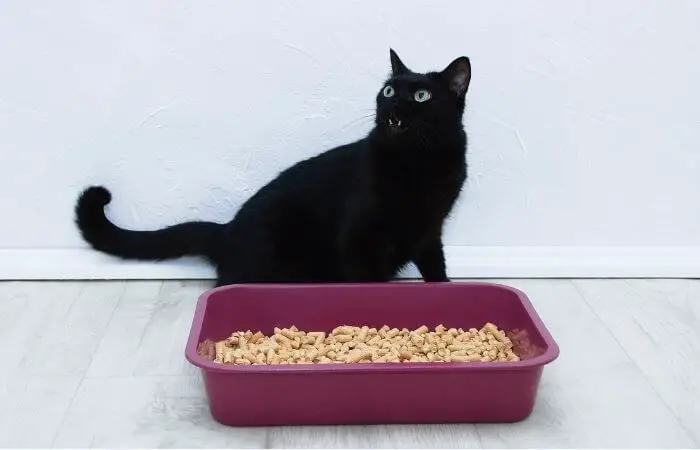
Wood in the form of sawdust compacted into pellets makes great environmentally friendly cat litter.
Sawdust can absorb over 400% of its weight in moisture which is why it is used for cattle and pet bedding, this makes it perfect for cat litter.
The pellets absorb urine, this causes the pellet to expand and then crumble into sawdust ready to be cleaned up.
Wood pellets are environmentally friendly as they are made from sawdust which is a waste product, this also means that wood is often the cheapest type of cat litter you can buy.
Wood is also:
- Naturally scented
- Chemical free
- Non-tracking
However be aware that:
- Wood litter is non-clumping
- It can be trickier to clean up
Also Read: How To Stop Your Cat From Tracking Litter Everywhere: 7 Methods
4. Corn
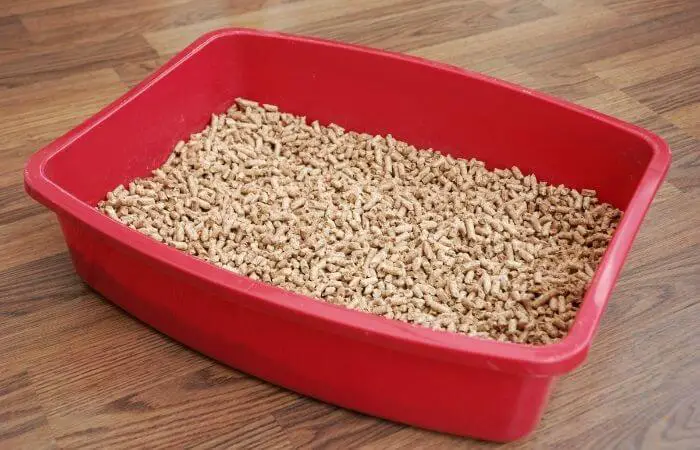
Corn has grown in popularity as a cat litter over the last few years, with one of the best selling cat litter brands being corn based.
Corn is highly absorbent, 99% dust free and it is full of micro pores which draw in the ammonia found in urine thus helping with odor control.
Despite corn having many properties which make it good for cat litter we do not recommend you use it.
This is because moist corn is an ideal breeding ground for aflatoxin mould, if ingested this can be fatal to cats.
While fatalities caused by corn litter mould are extremely rare it is still better to avoid this risk, especially with kittens who are more prone to playing with and eating their litter.
You can read more about the dangers of corn-based cat litter as well as various studies that have looked at the risks associated with it here.
5. Wheat
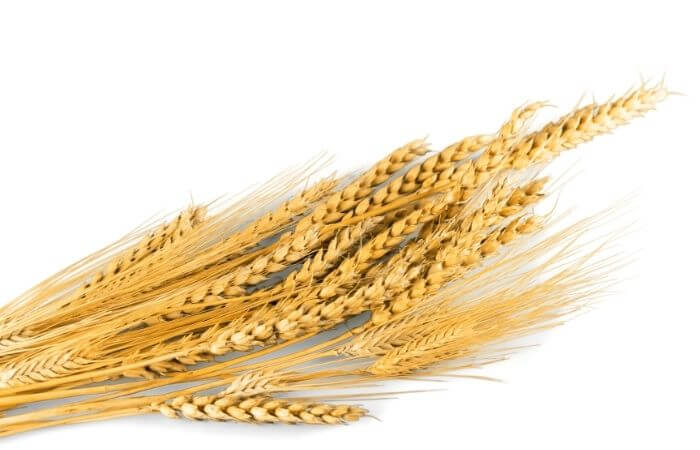
Wheat contains natural enzymes which help eliminate the odour of ammonia.
Like corn it is extremely absorbent, dust free and great at eliminating odour (better than corn due to its enzymes).
Although corn and wheat are often lumped together as being pretty much the same is no evidence to suggest that wheat based cat litters are a risk for aflatoxin mould.
So if corn based cat litter appeals to you then wheat is a good alternative that doesn’t pose a potential risk to your cat’s health.
Wheat is also a good environmentally friendly choice being biodegradable and compostable.
6. Walnut Shells
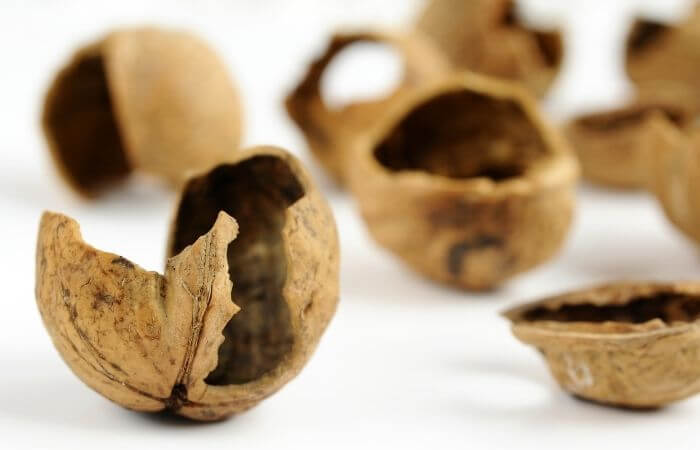
Walnut shells are an environmentally friendly alternative to clay based clumping cat litter.
Walnut cat litter performs very similar to clay based cat litter.
Lighter in weight than clay, walnut litter forms clumps when wet which can easily be scooped out. The clumps are slightly less firm than clay clumps and are prone to falling to bits so take when scooping them out.
Due to the fact it clumps so urine can easily be removed, walnut litter can go for an entire month (with one cat using one litter box) before it needs to be completely changed.
It can be quite dusty, sometimes on par with clumping cat litter, so it’s not a good choice for cats or people with respiratory conditions.
7. Paper
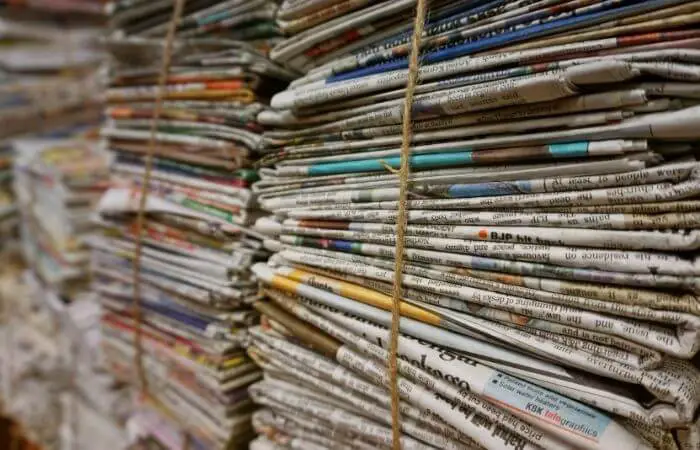
Paper based cat litter is less common than other types however it is growing in popularity as it is environmentally friendly (being made from a waste product) and highly absorbent.
Paper cat litter is made from shredder paper fibres which are compressed into pellets, these are highly absorbent as they trap air bubbles inside them which creates empty spaces for water uptake.
Paper litter is flushable too, though we don’t recommend you flush any litter as cat poop has usually hardened by the time you remove it from the litter tray so it can cause blockages.
Paper litter is also:
- 100% dust free
- Scent free
- Safe for cats and kittens (it won’t cause any issues if ingested)
These properties make it a good choice for cats or people that suffer from allergies, however it is worth noting that paper litter is not the best at odour control as it does not trap ammonia very well, it can also be relatively expensive.
Be aware some cats may not react well to having their usual litter type changed, this can be a reason why your cat may freak out when you change their litter.
As an Amazon Associate I may earn a small fee from qualifying purchases at no extra cost to you. This helps us run the site, so thanks for your support!

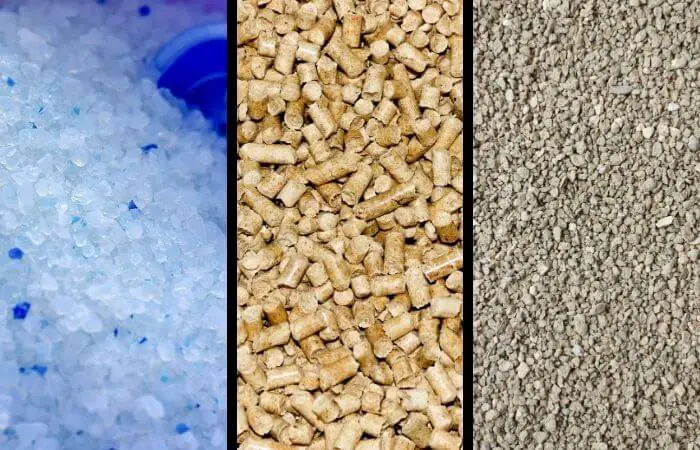
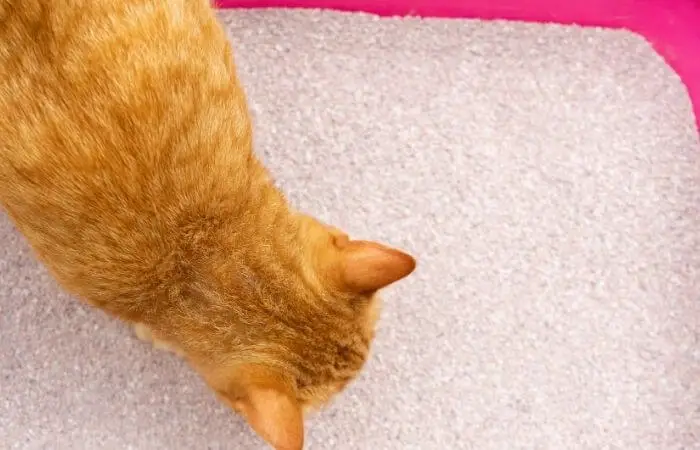
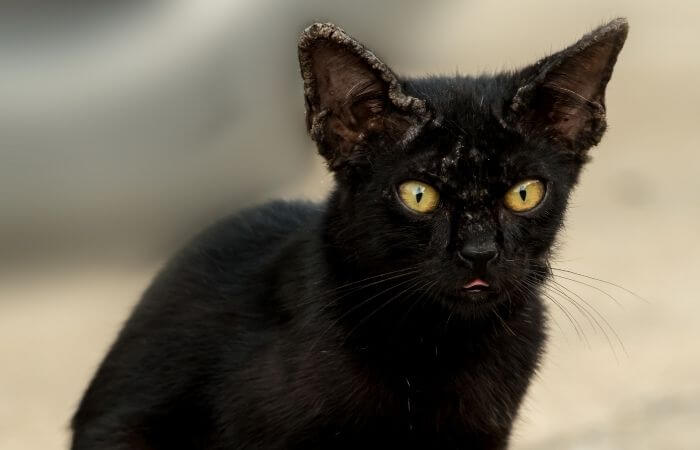
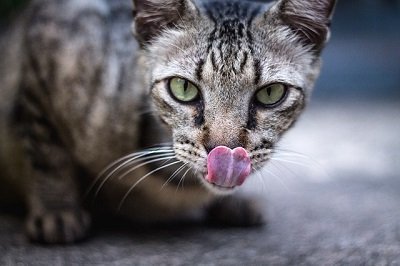
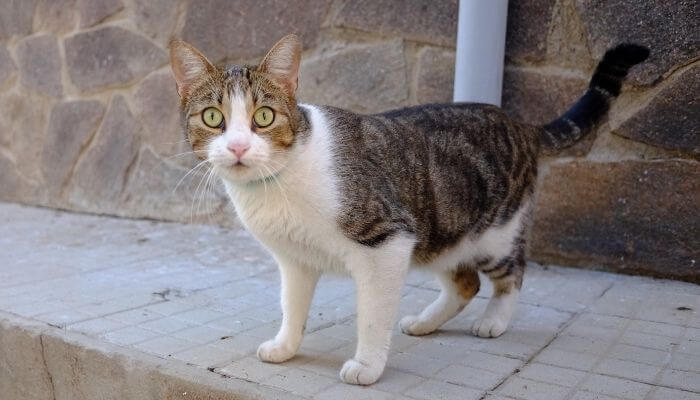
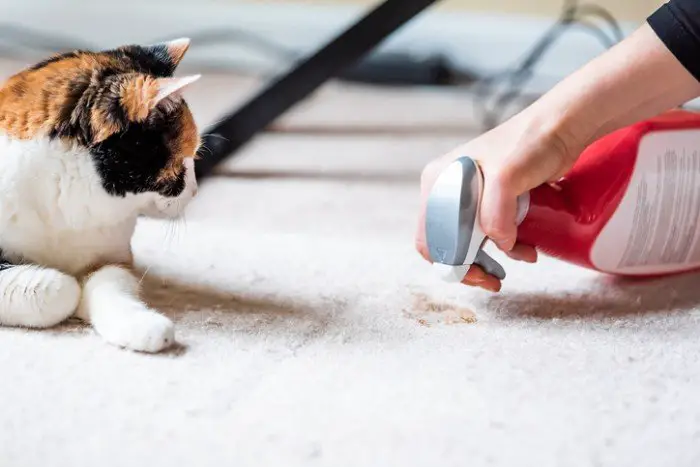
Leave a Comment